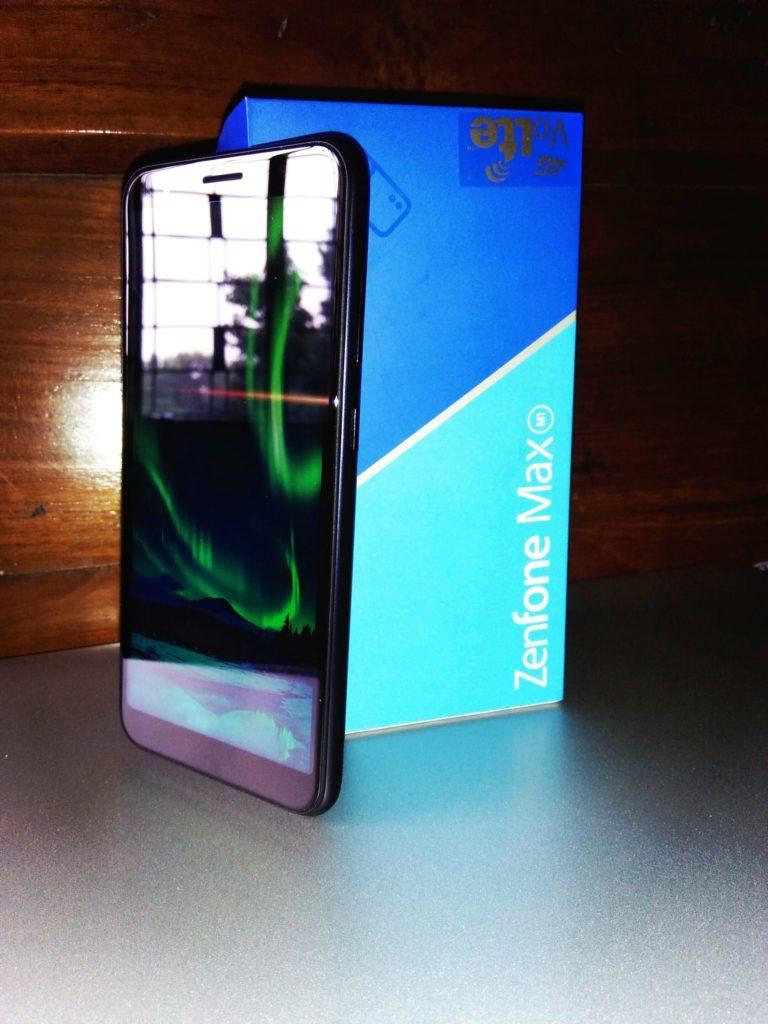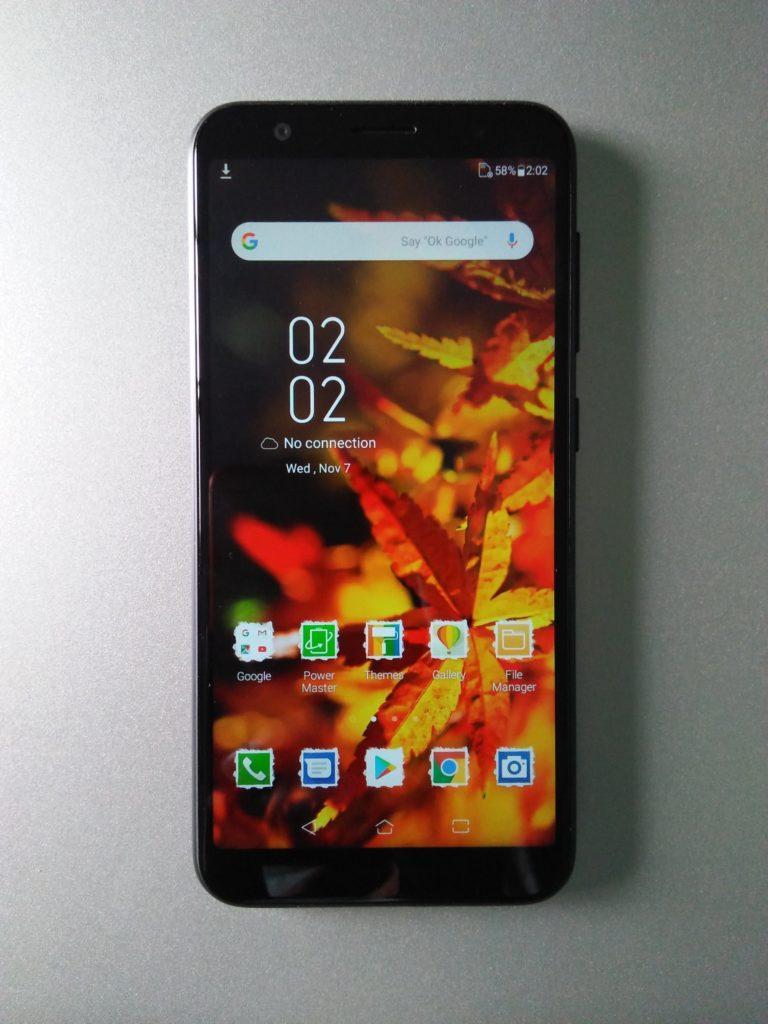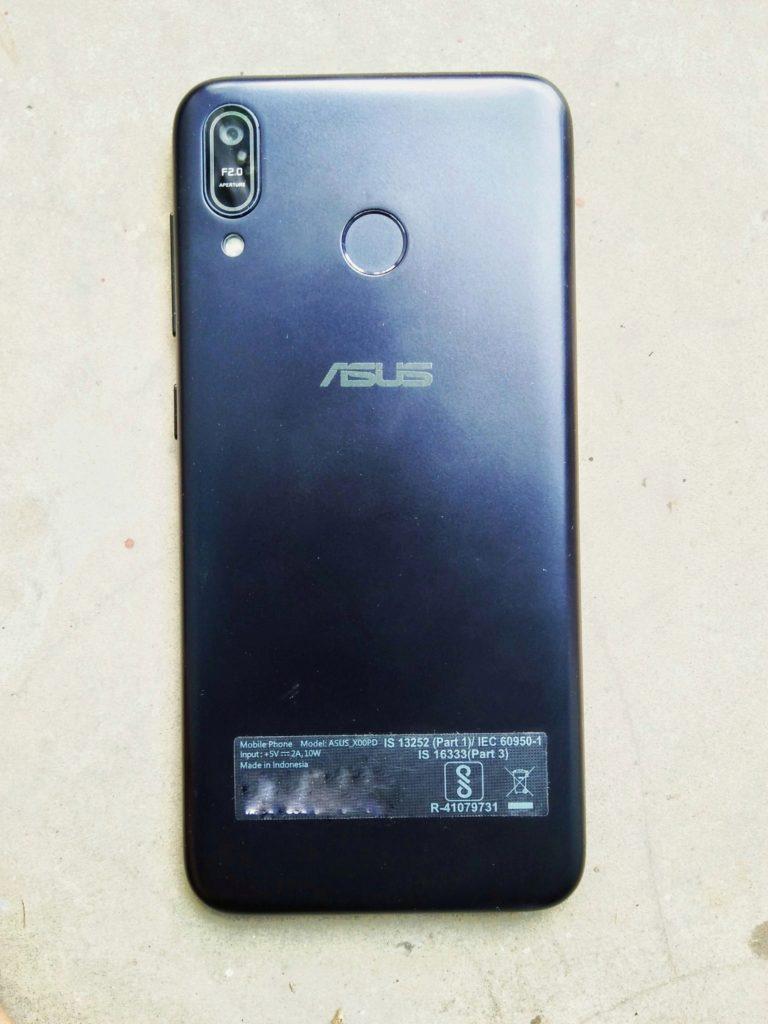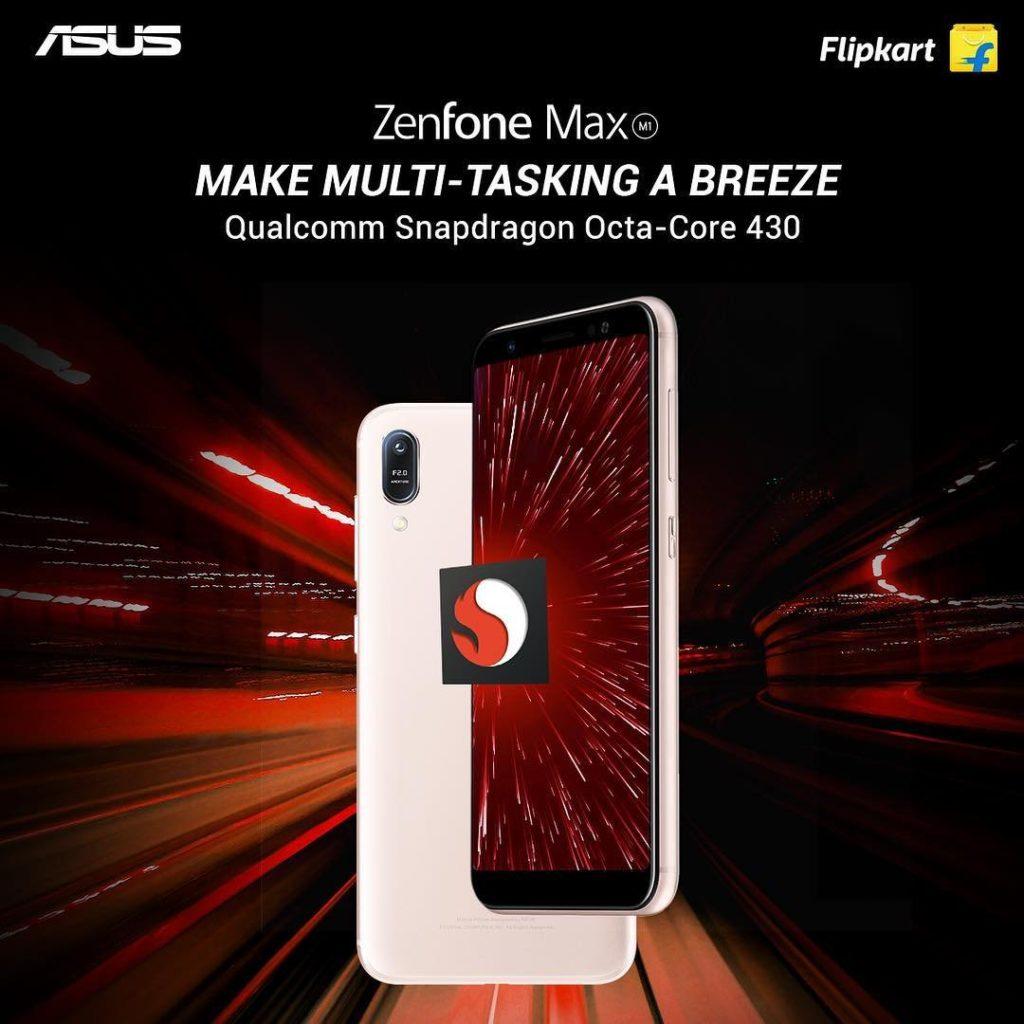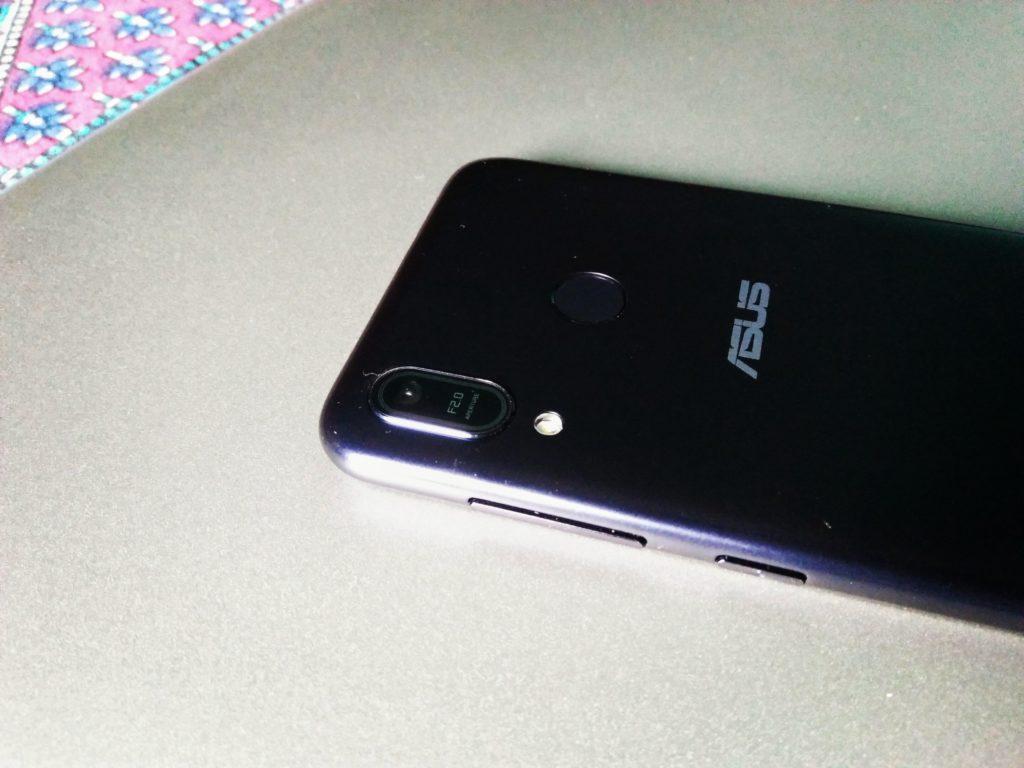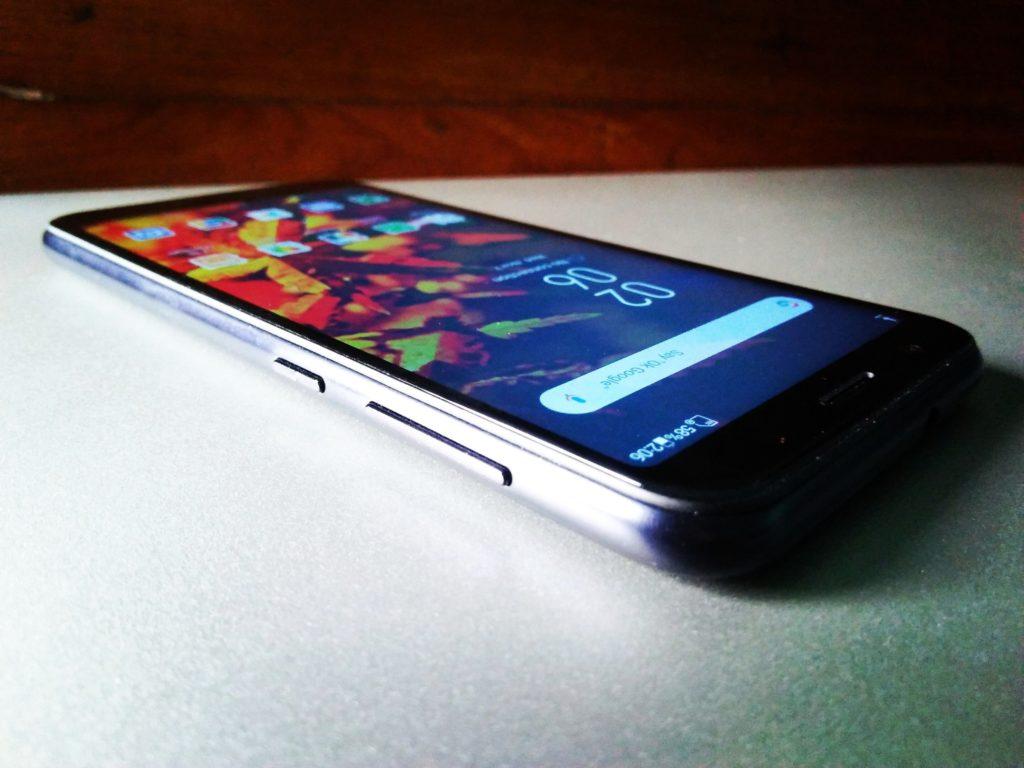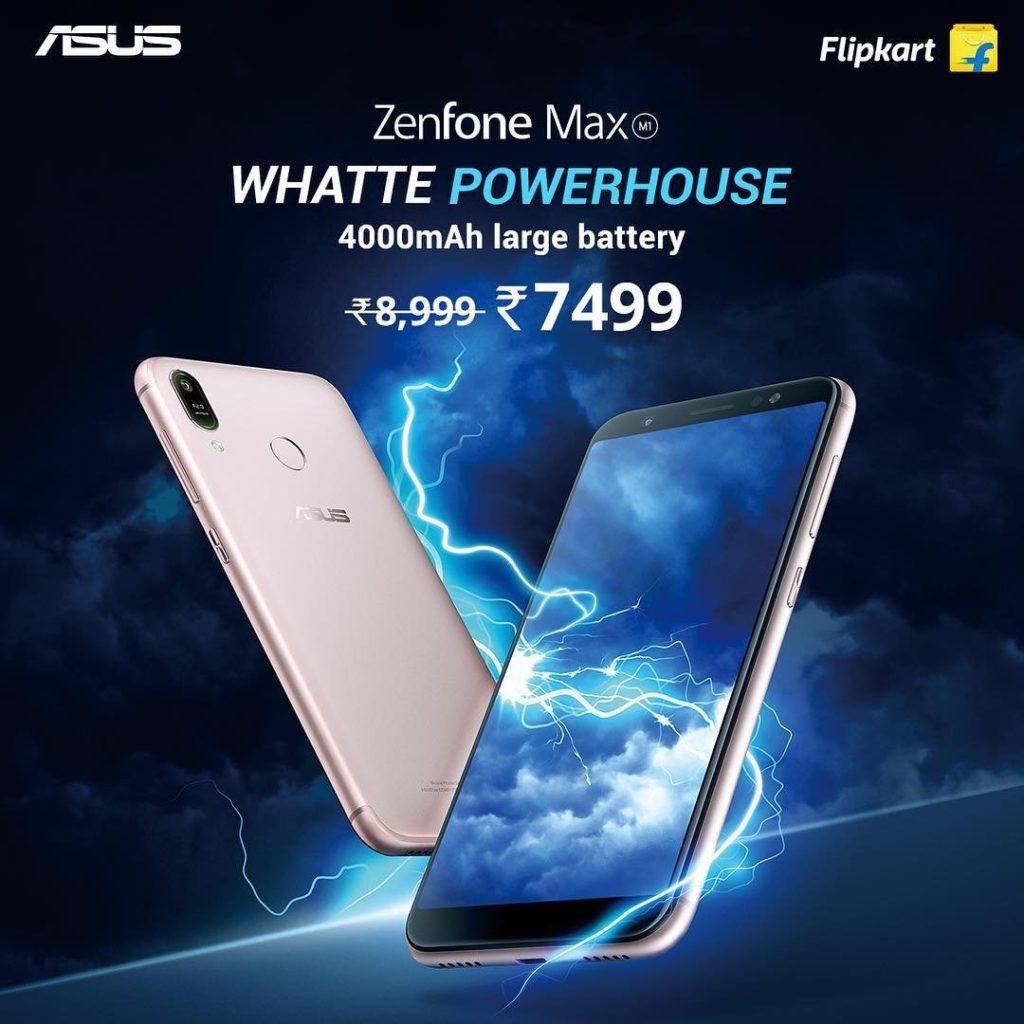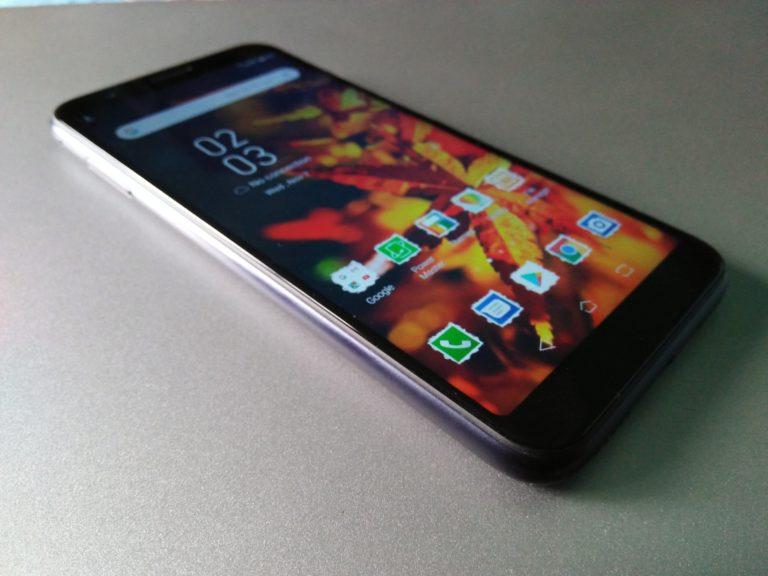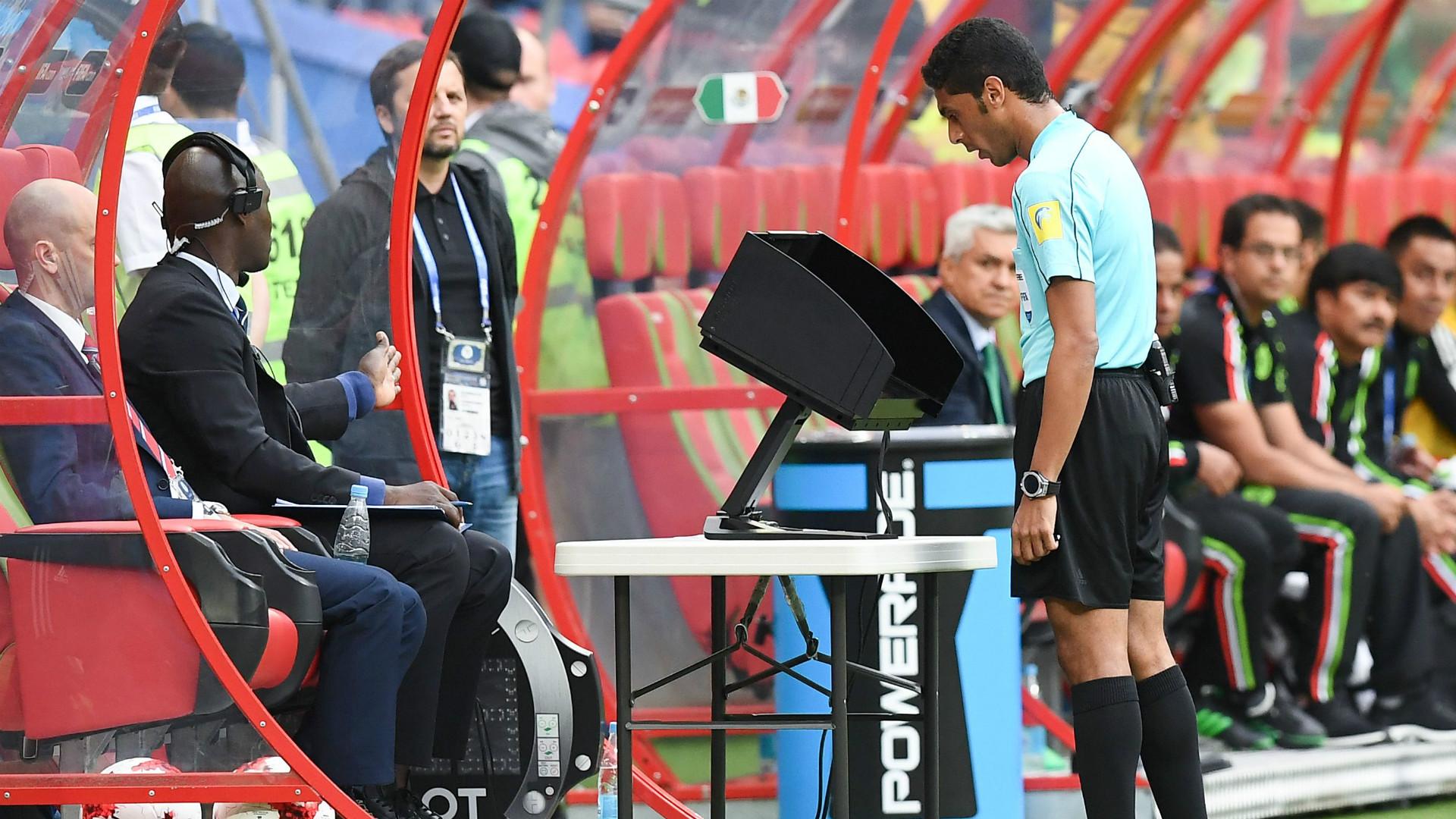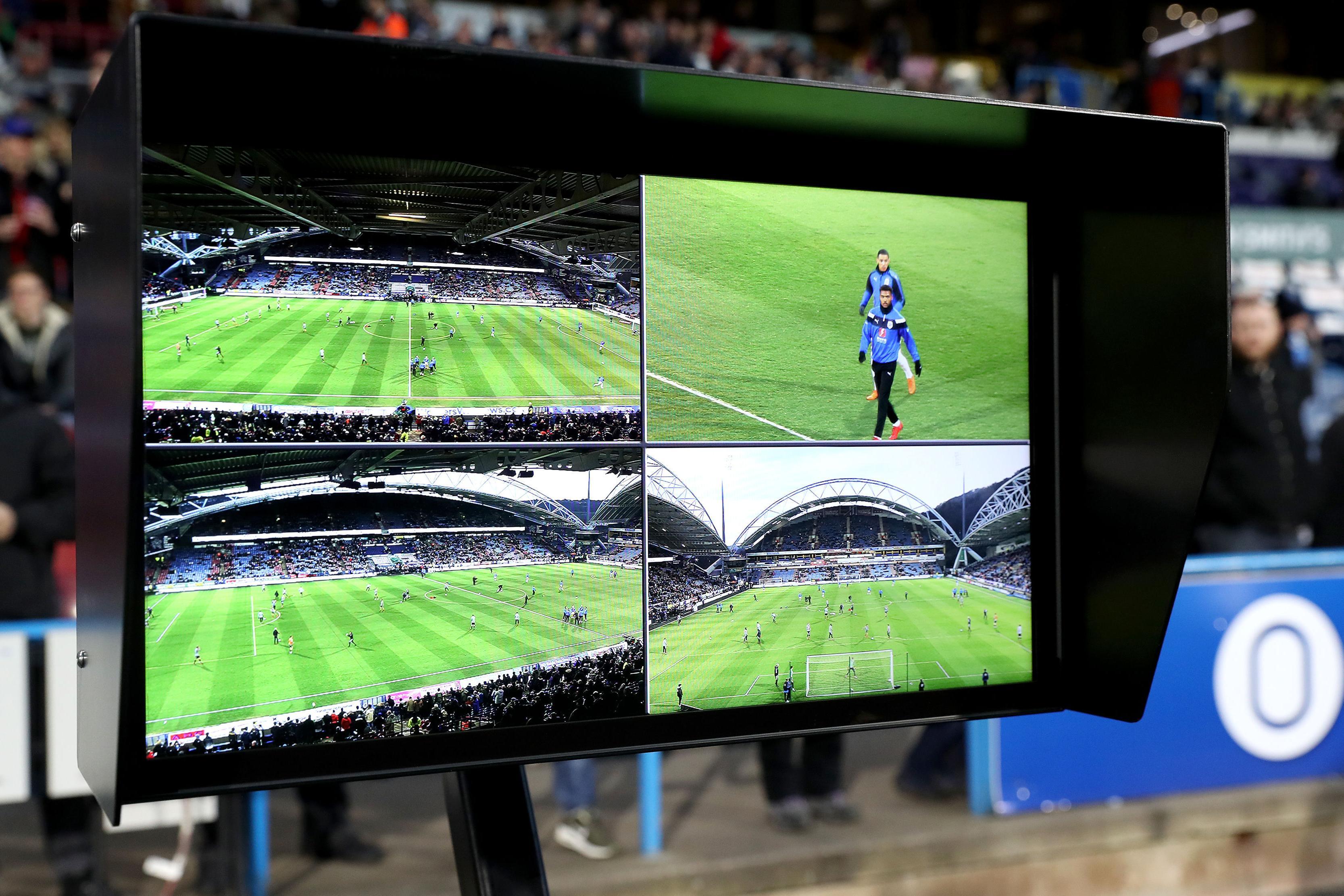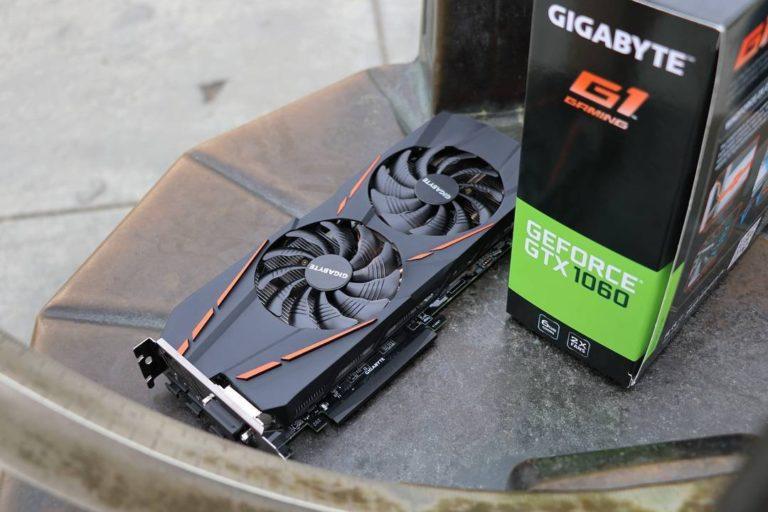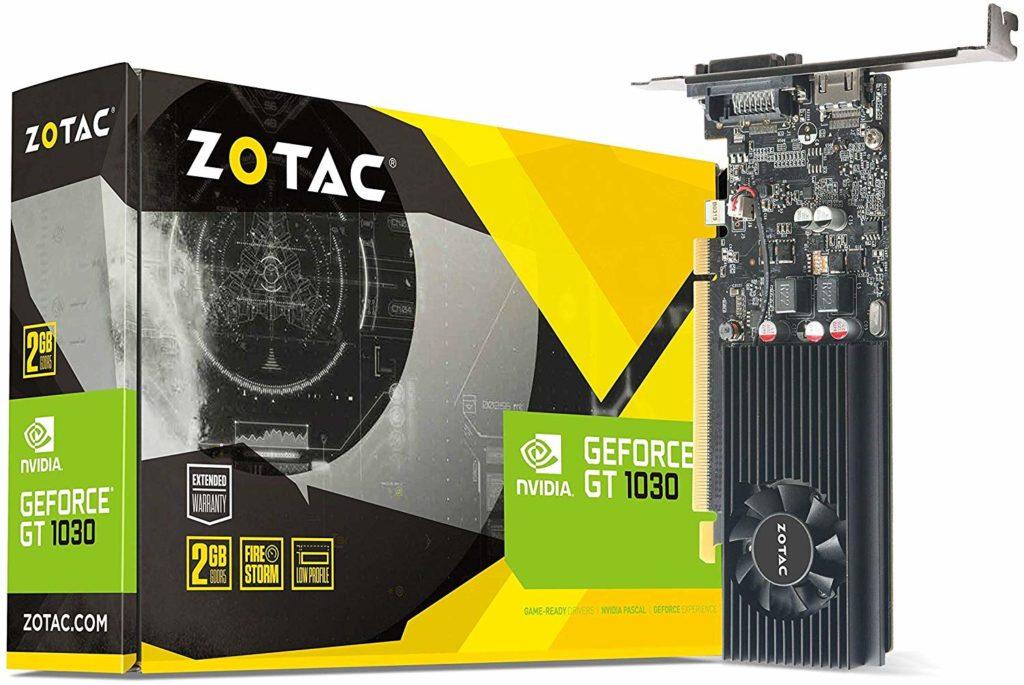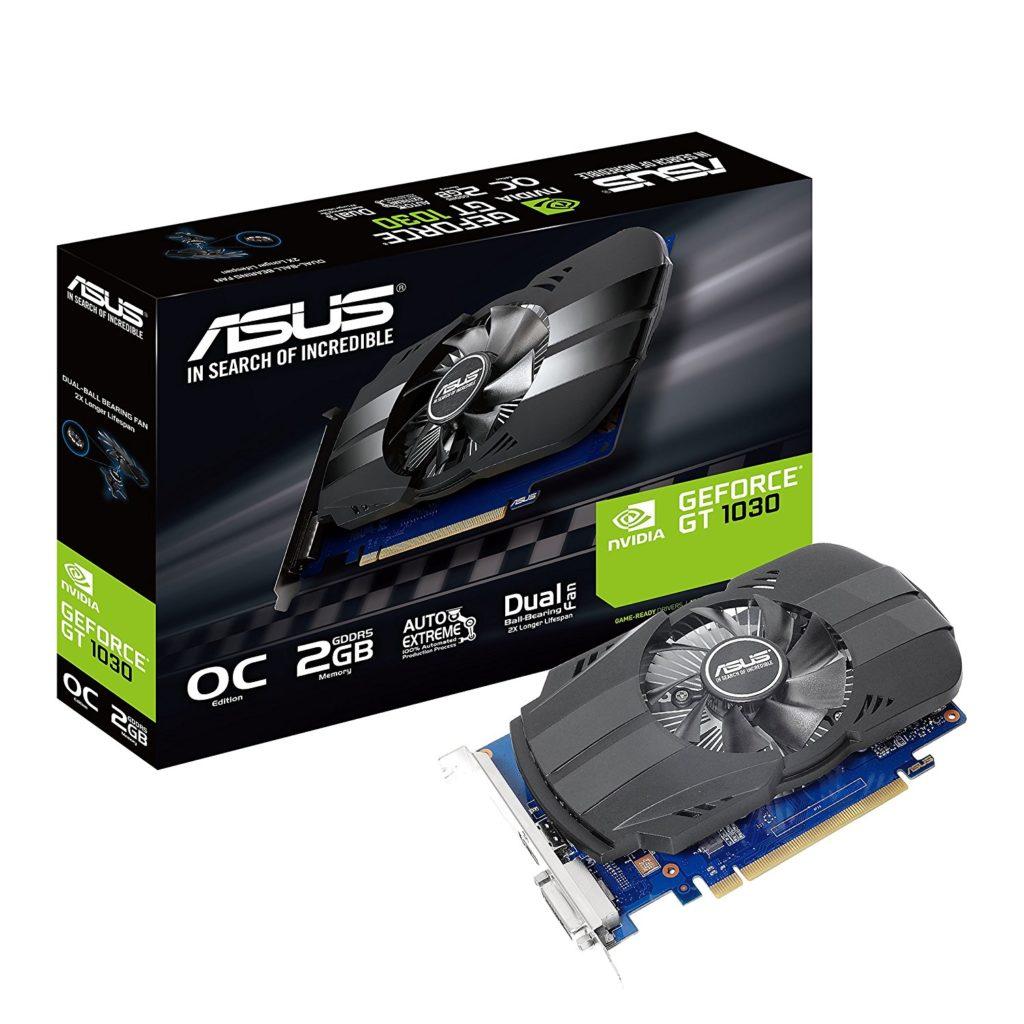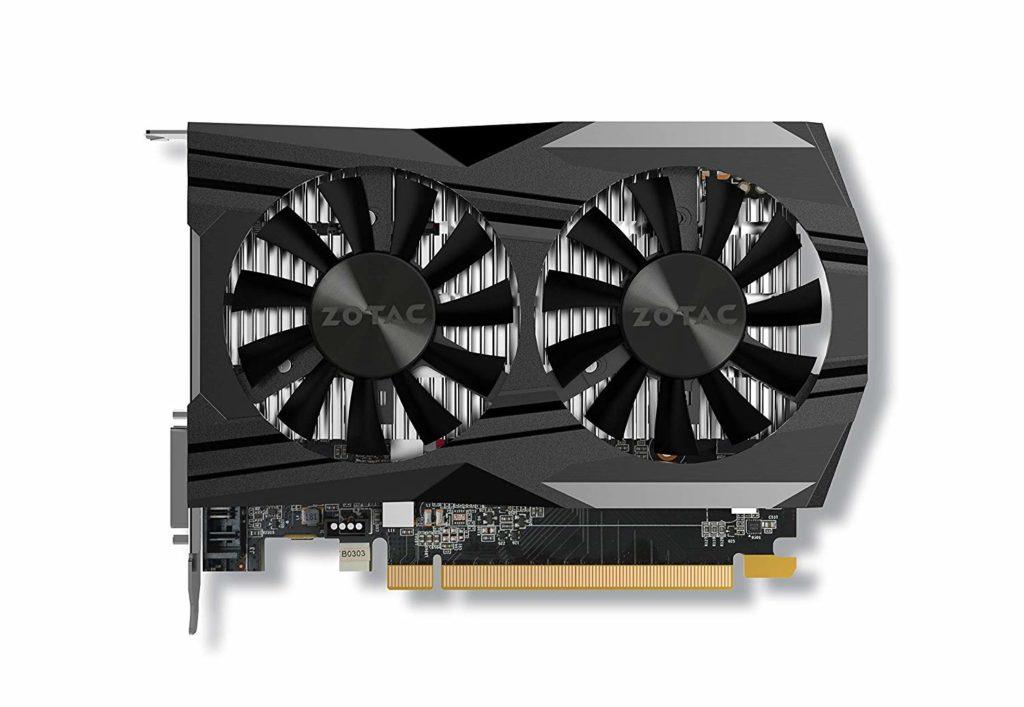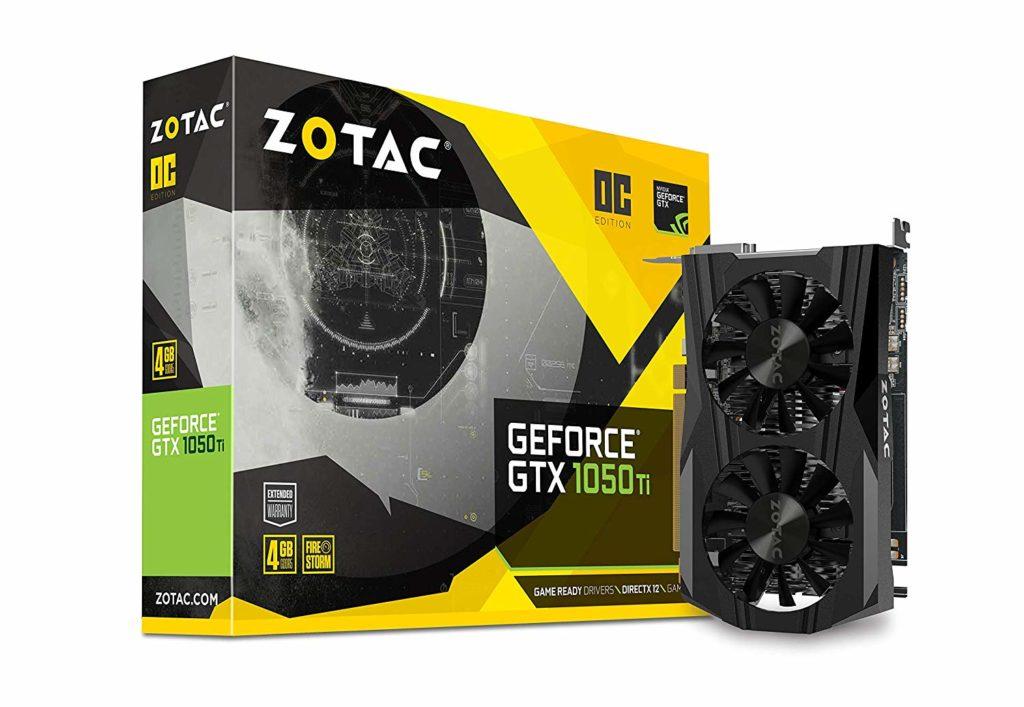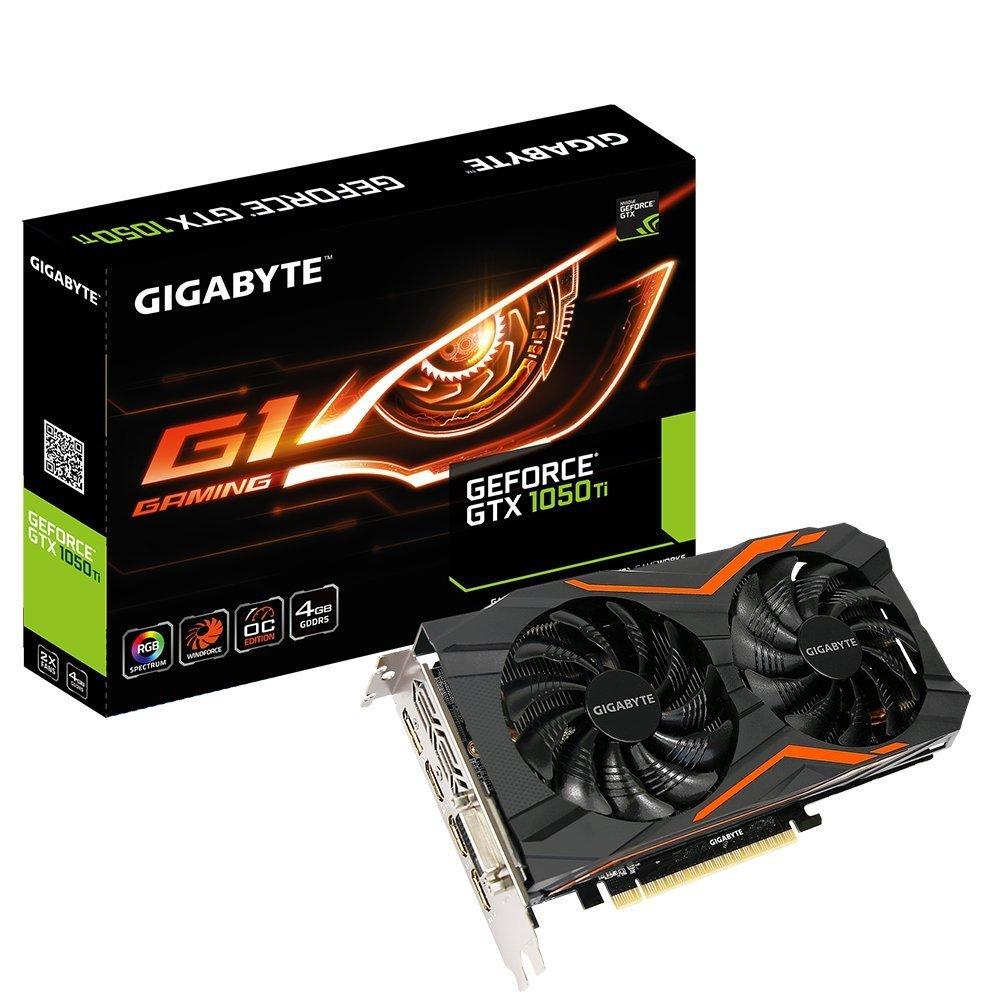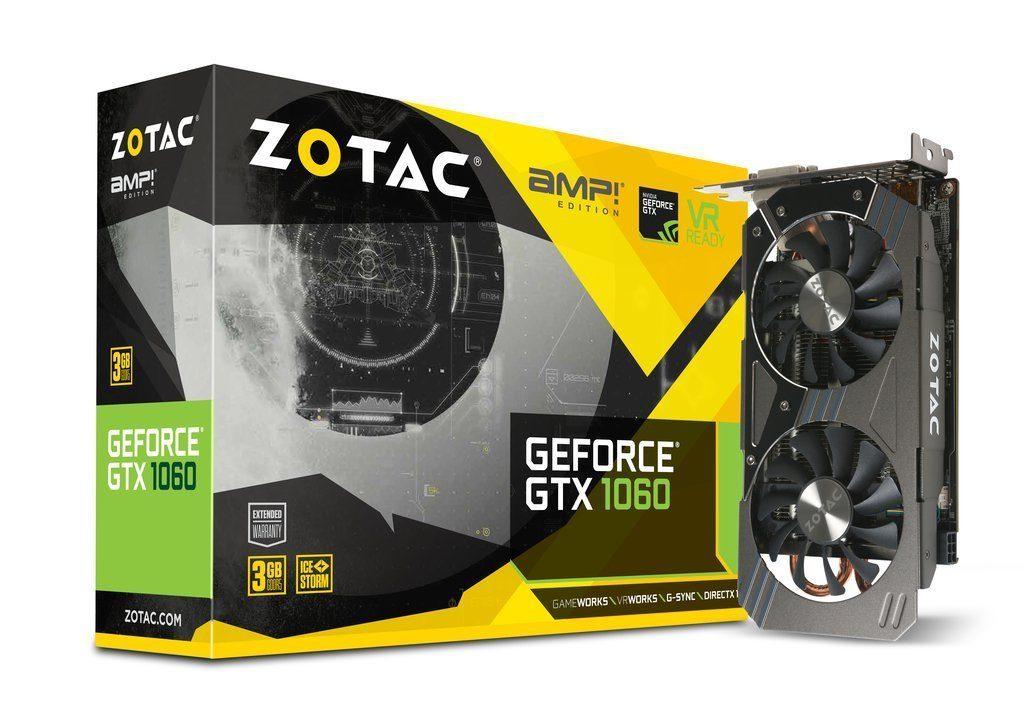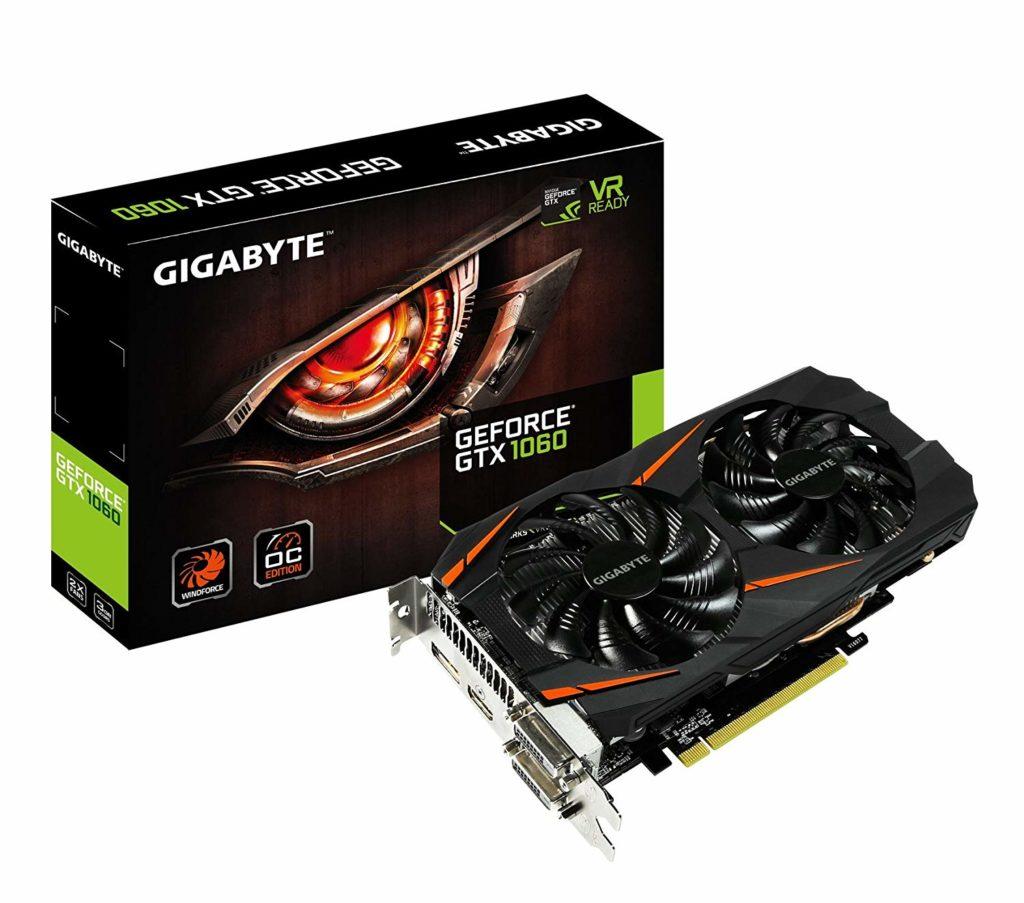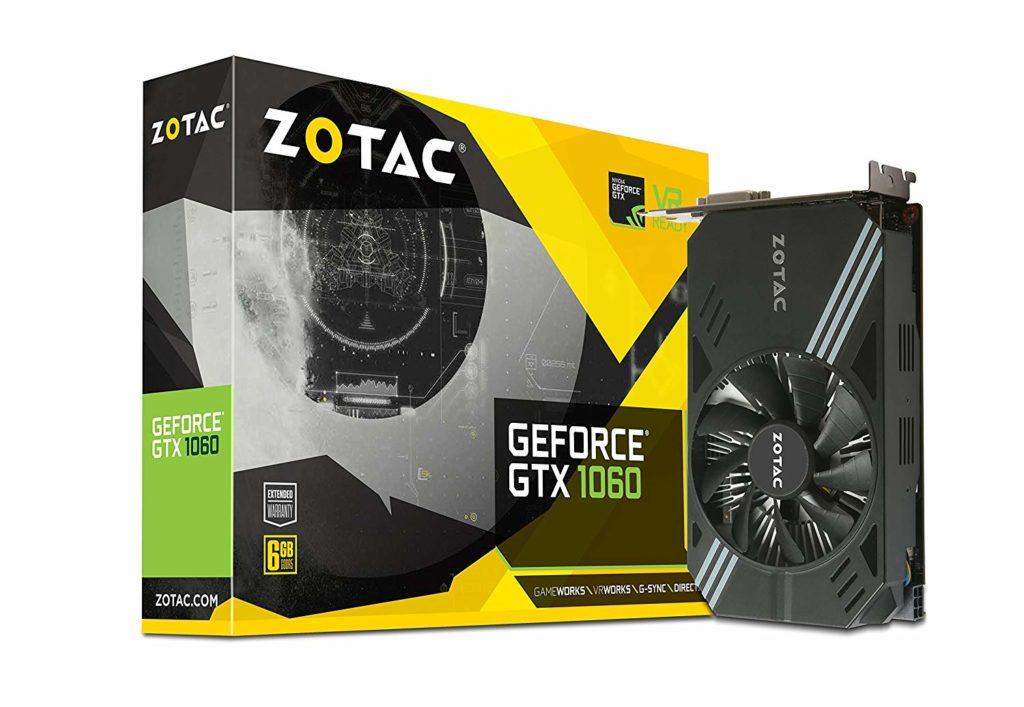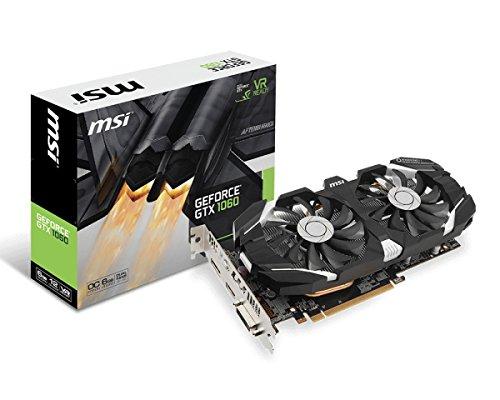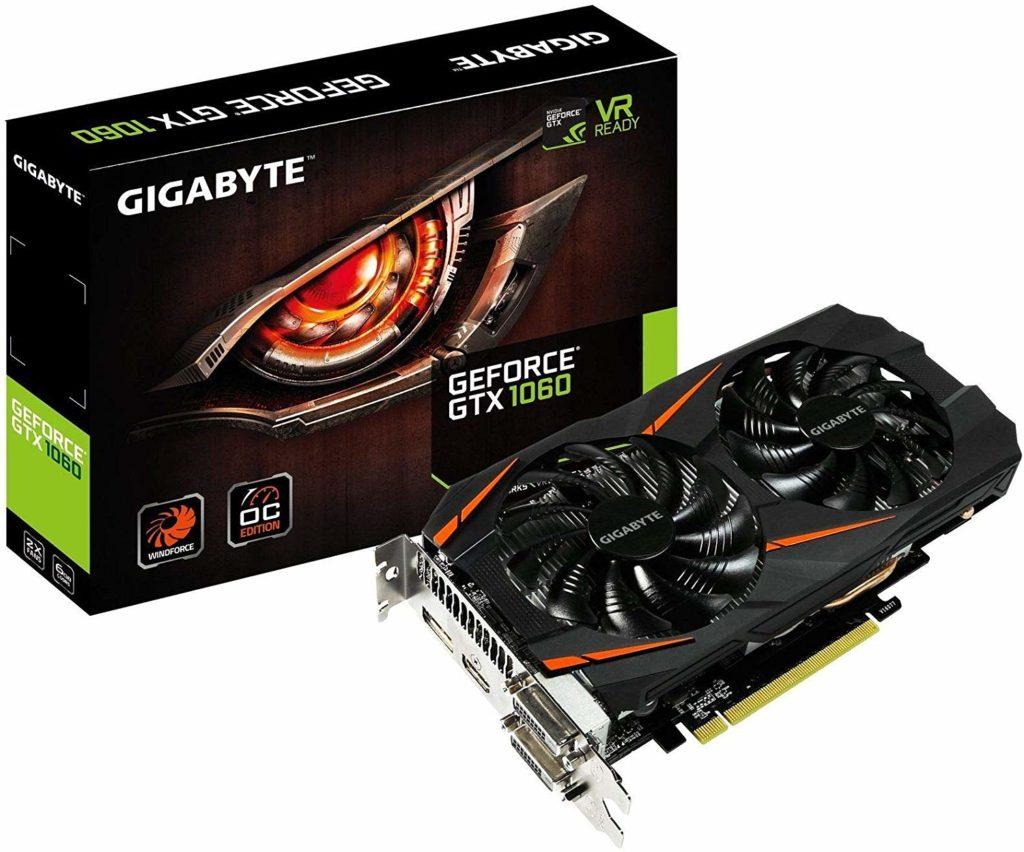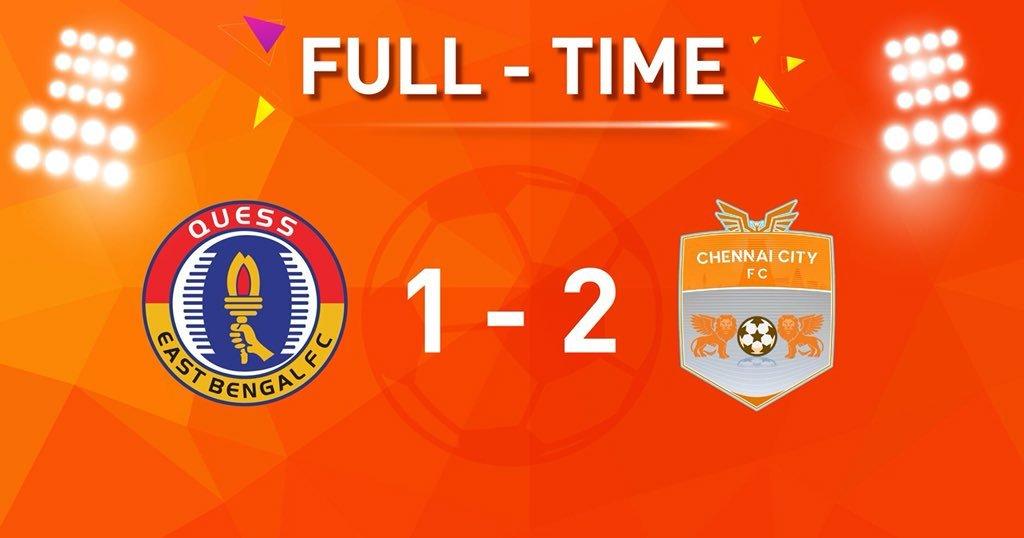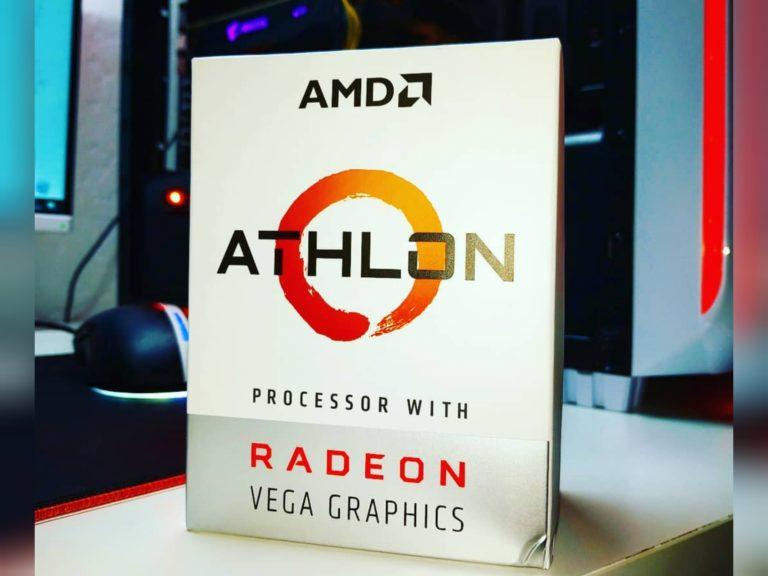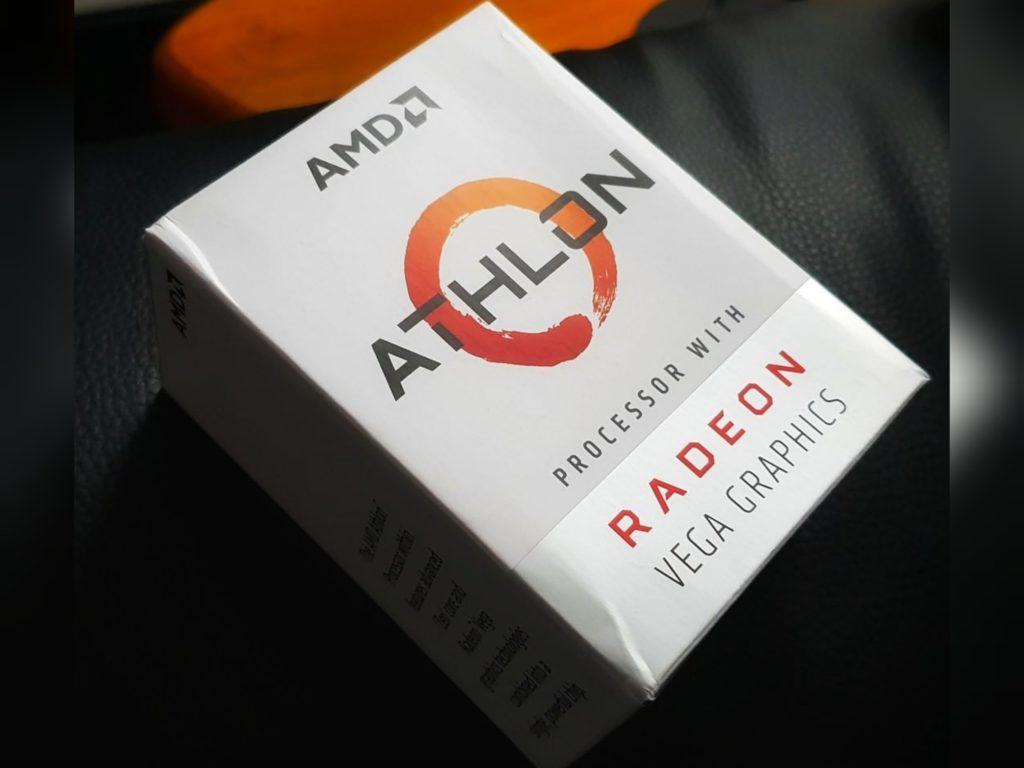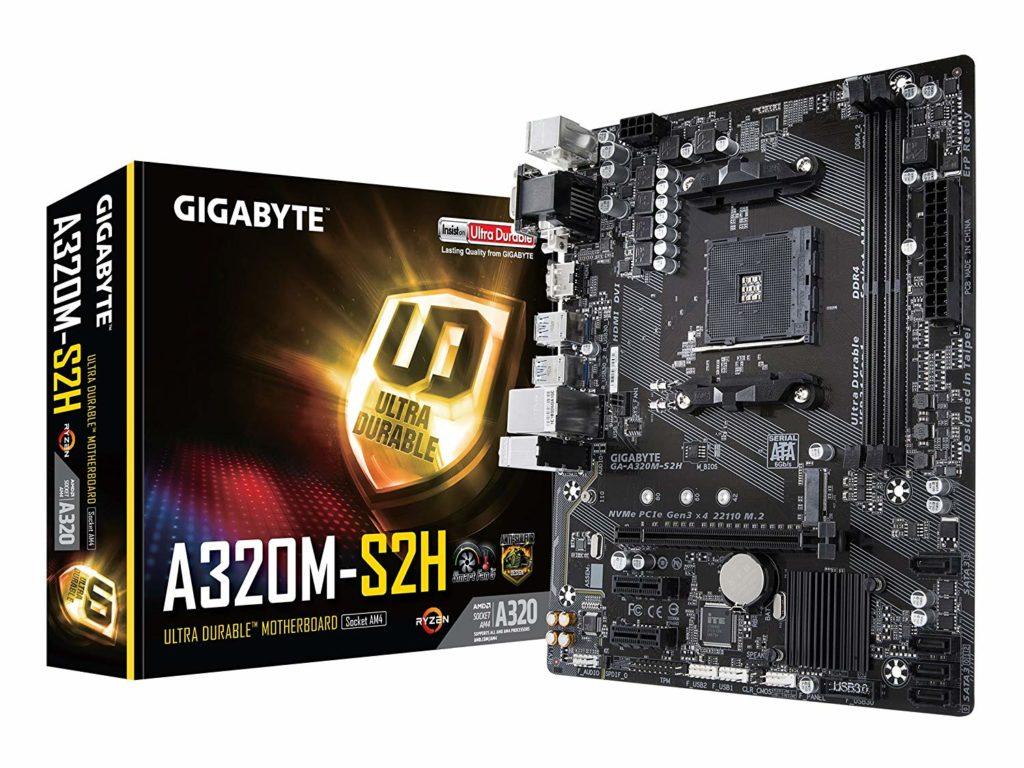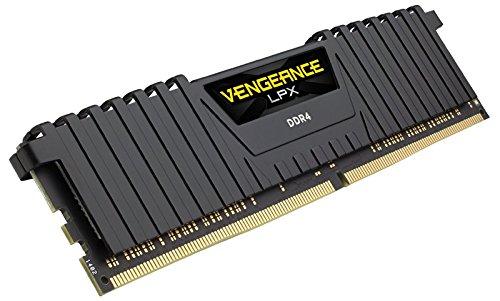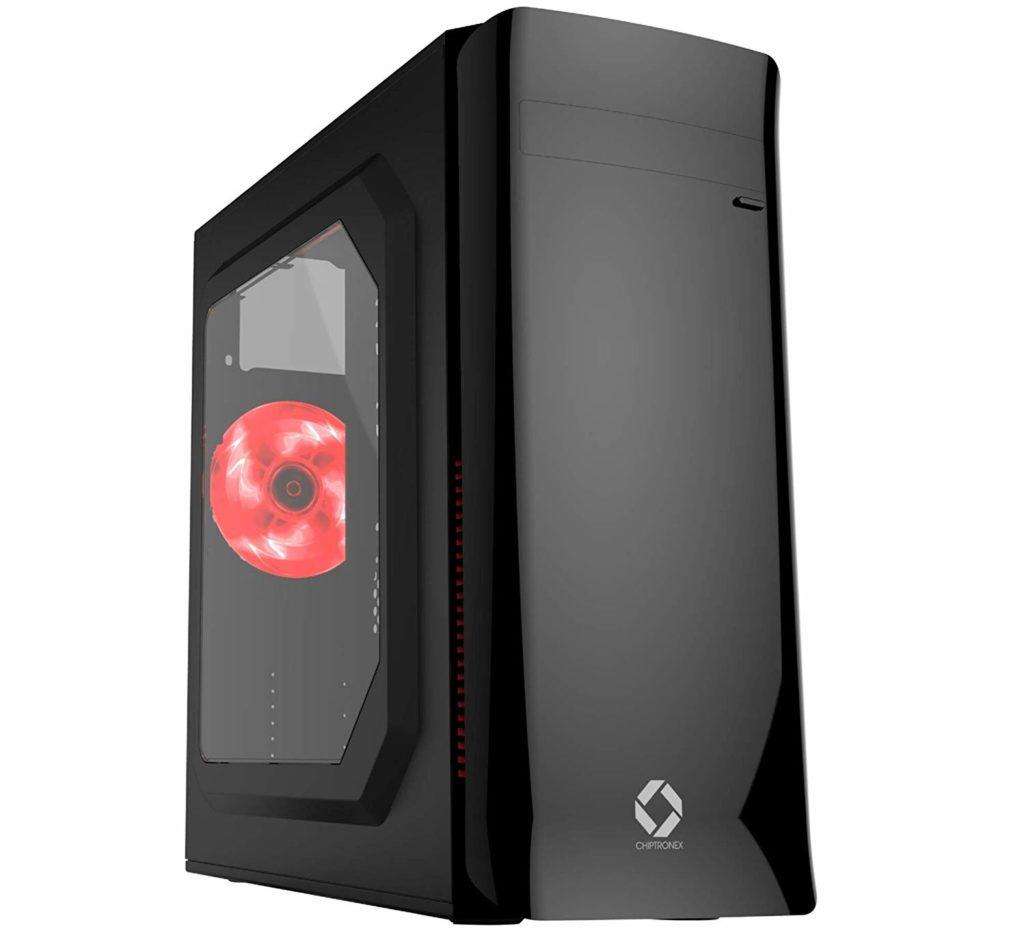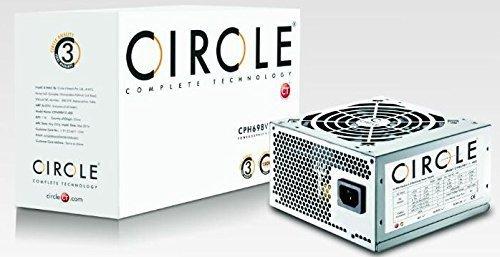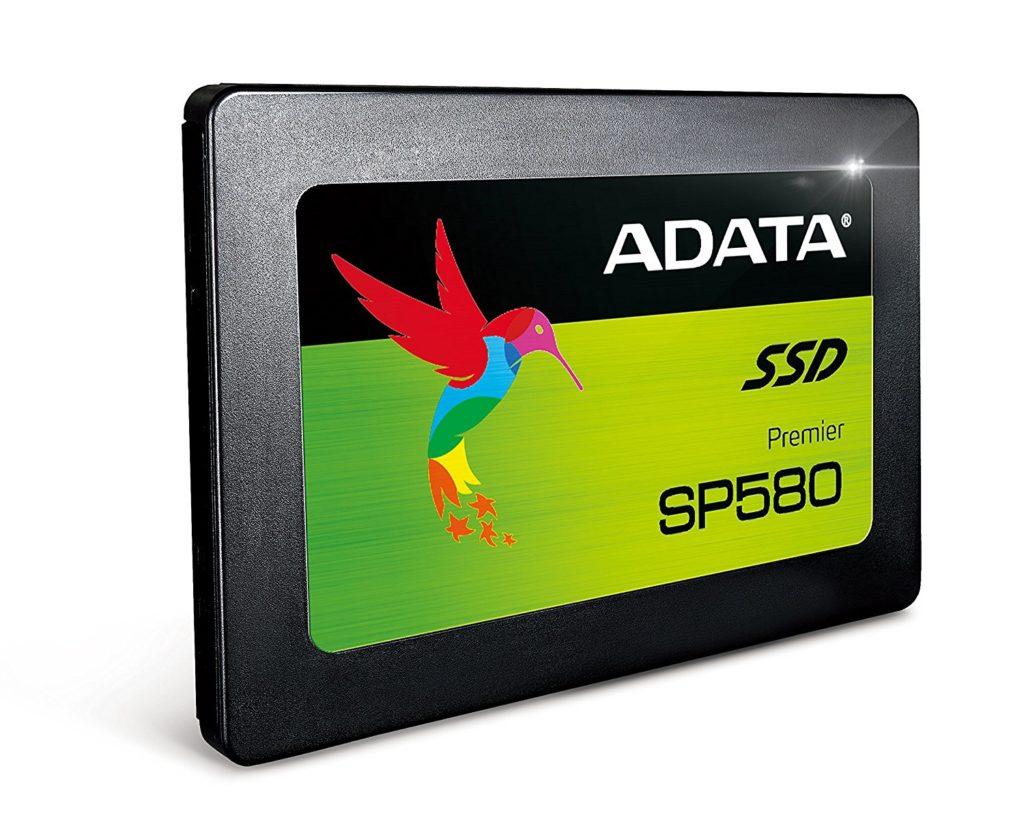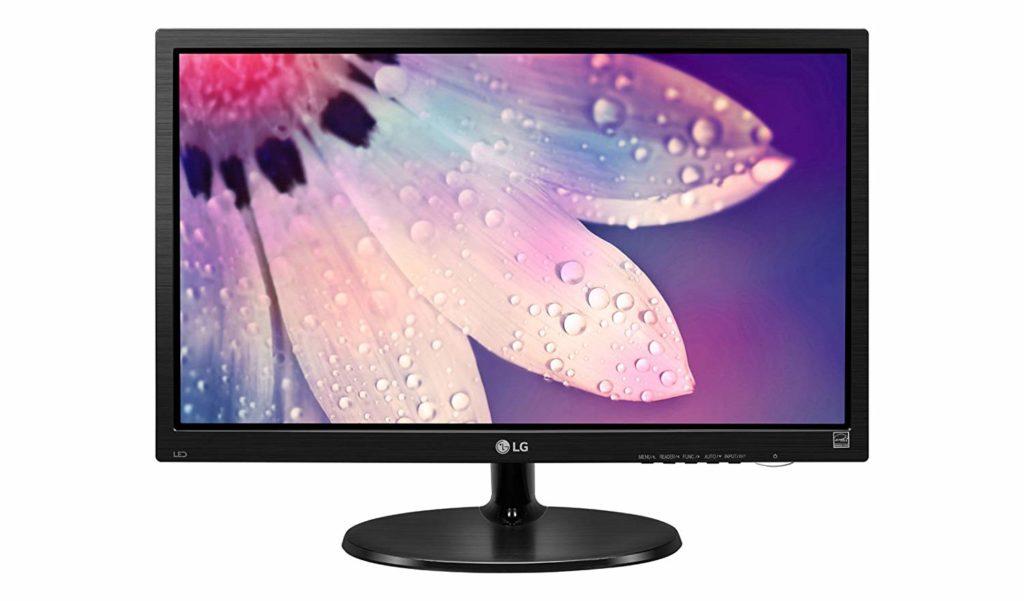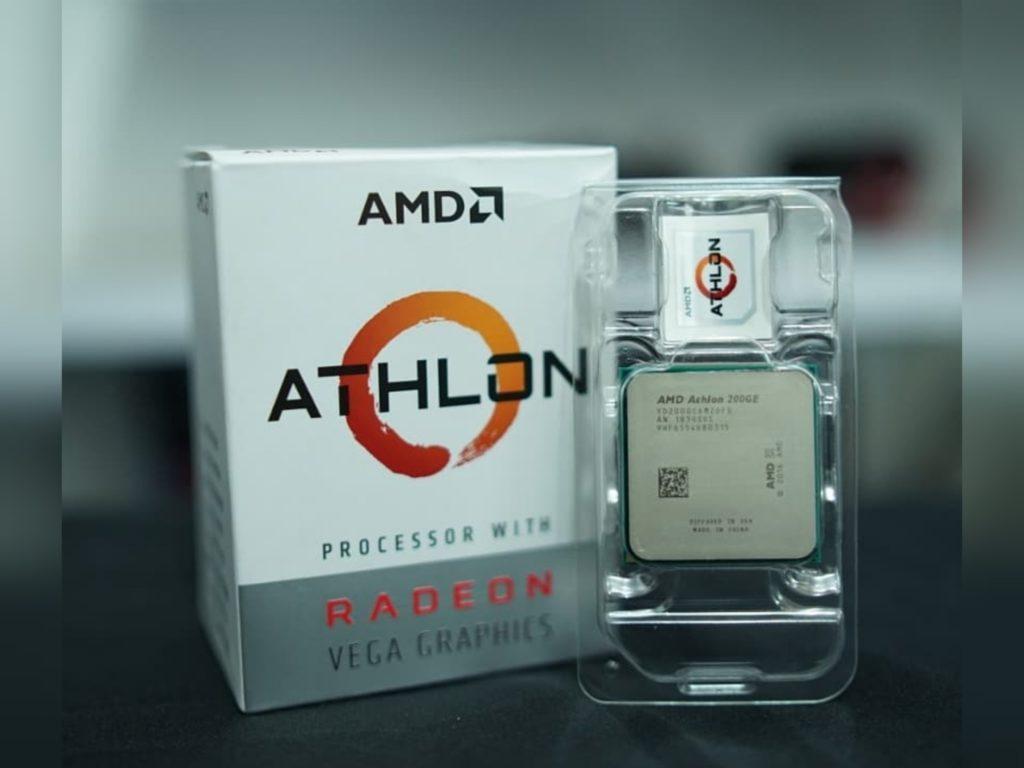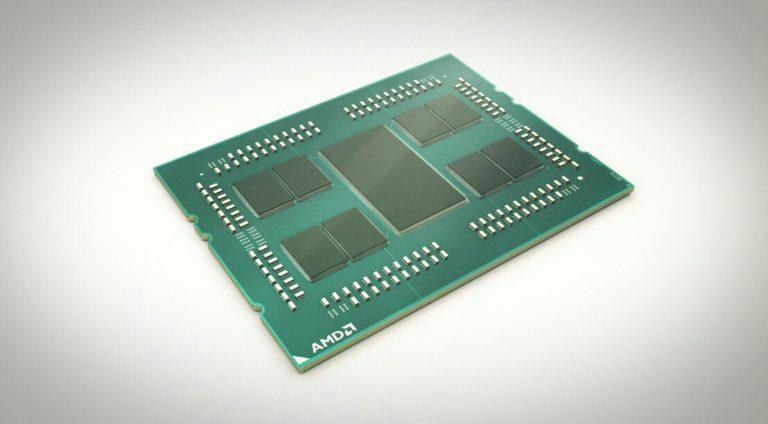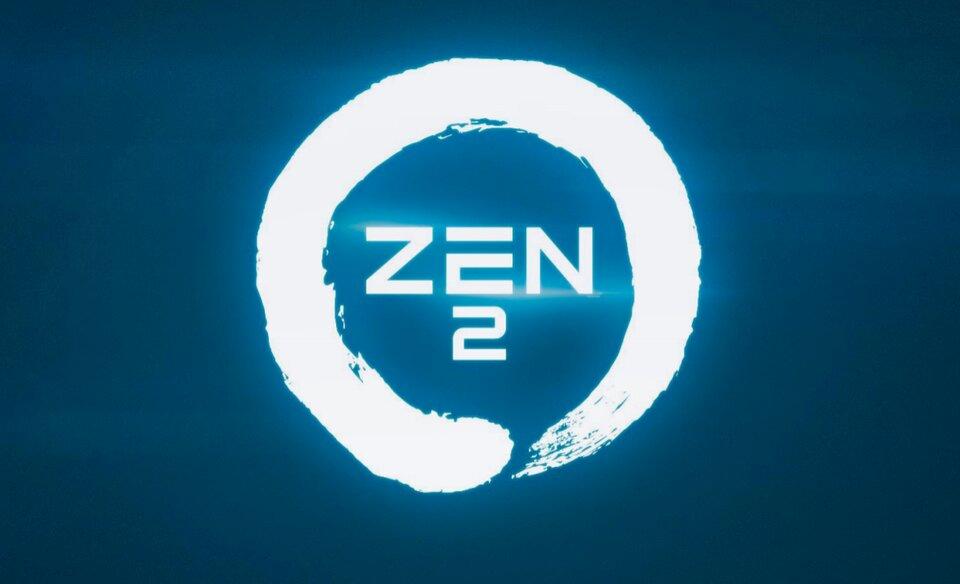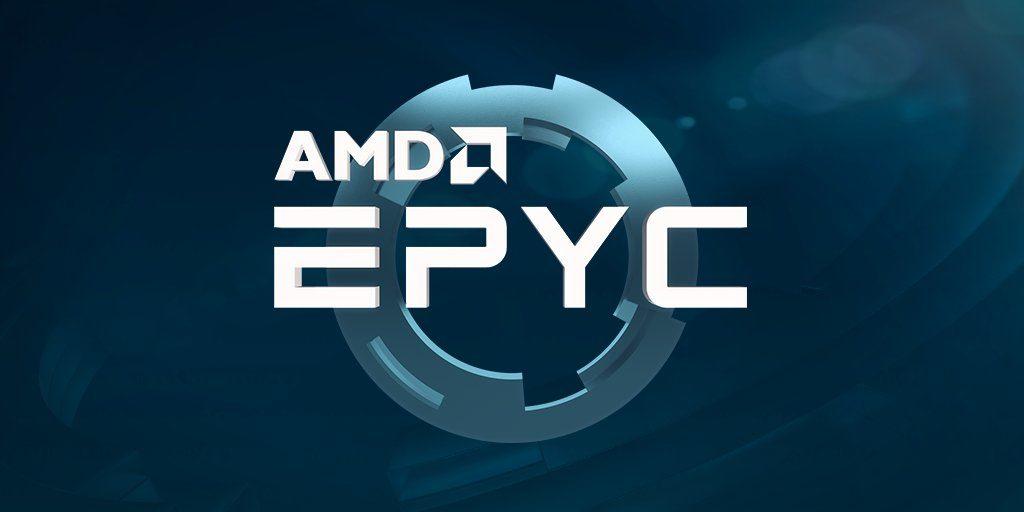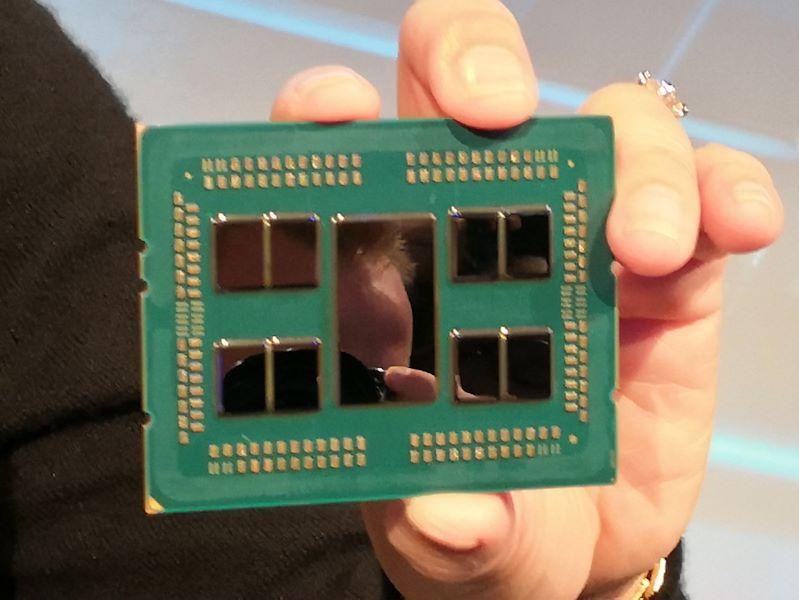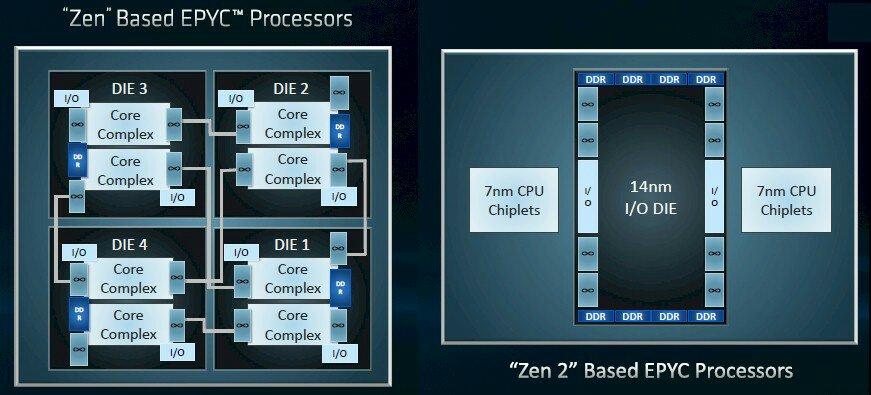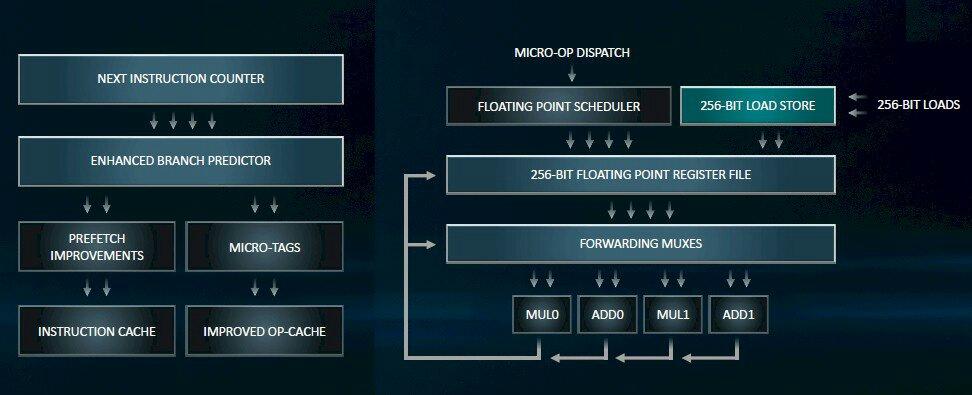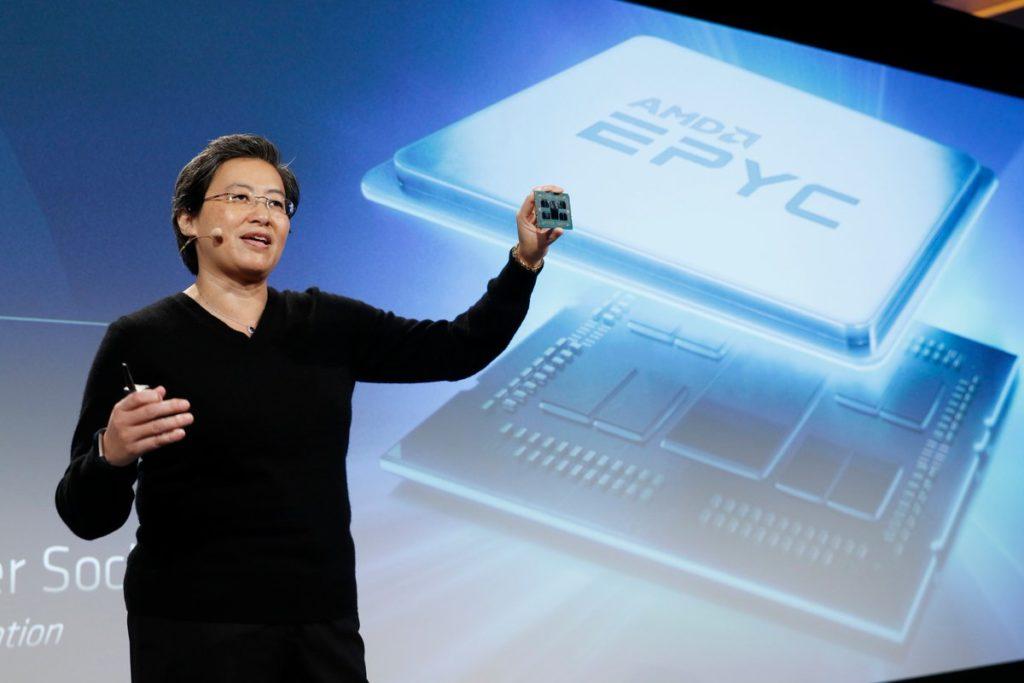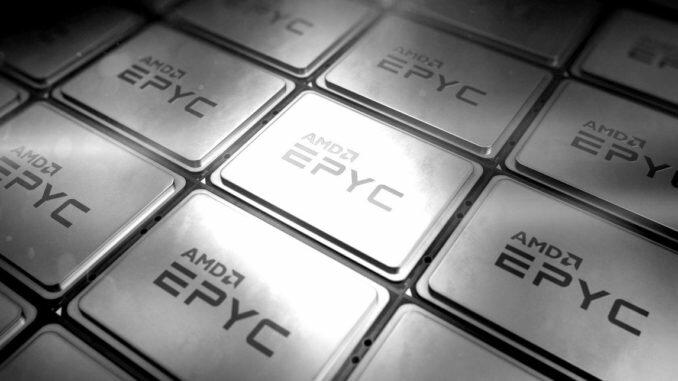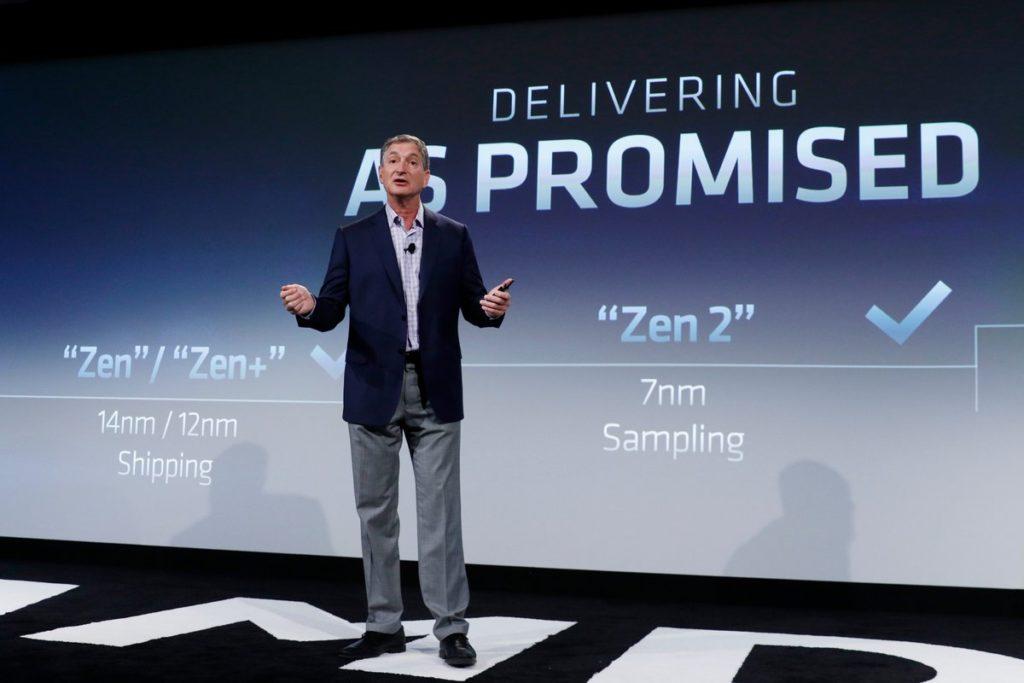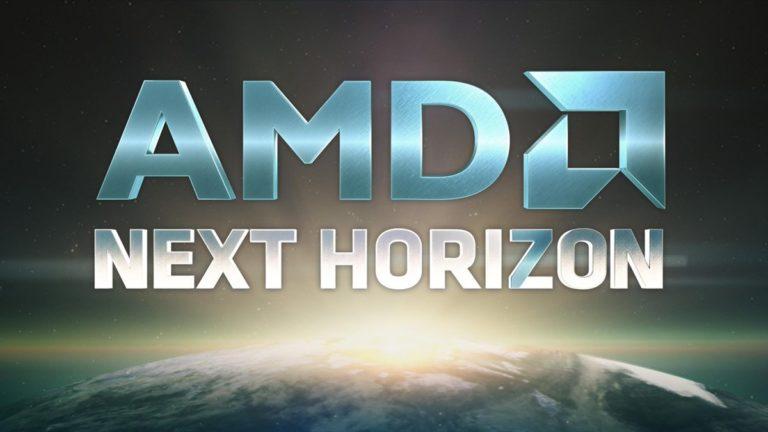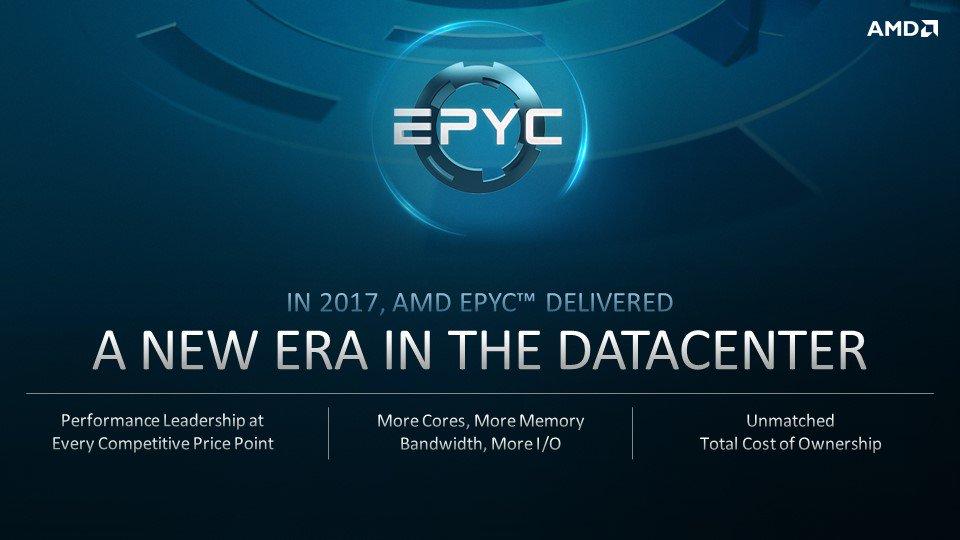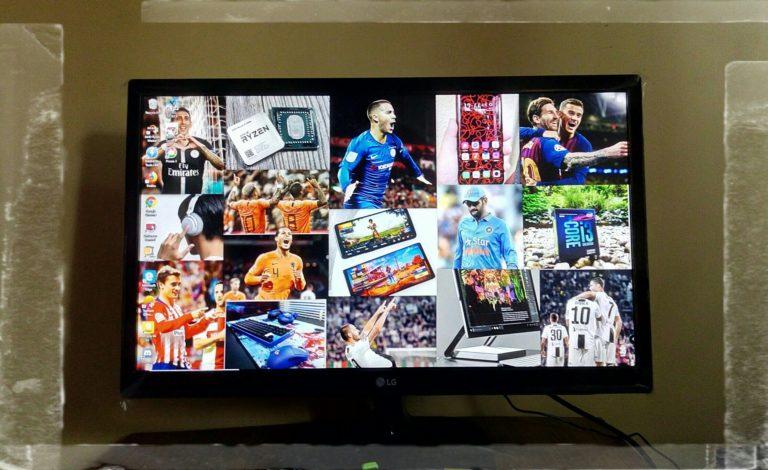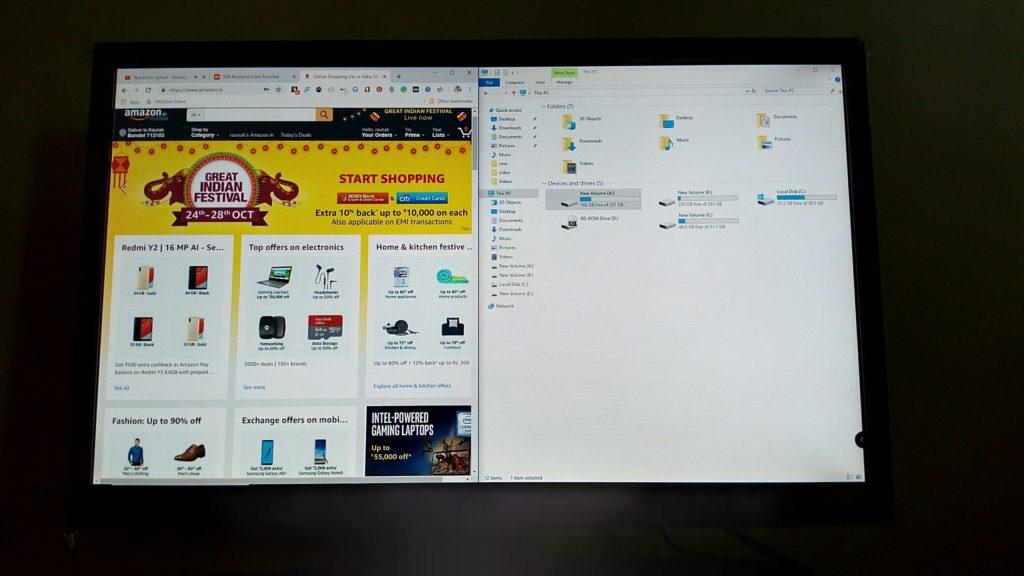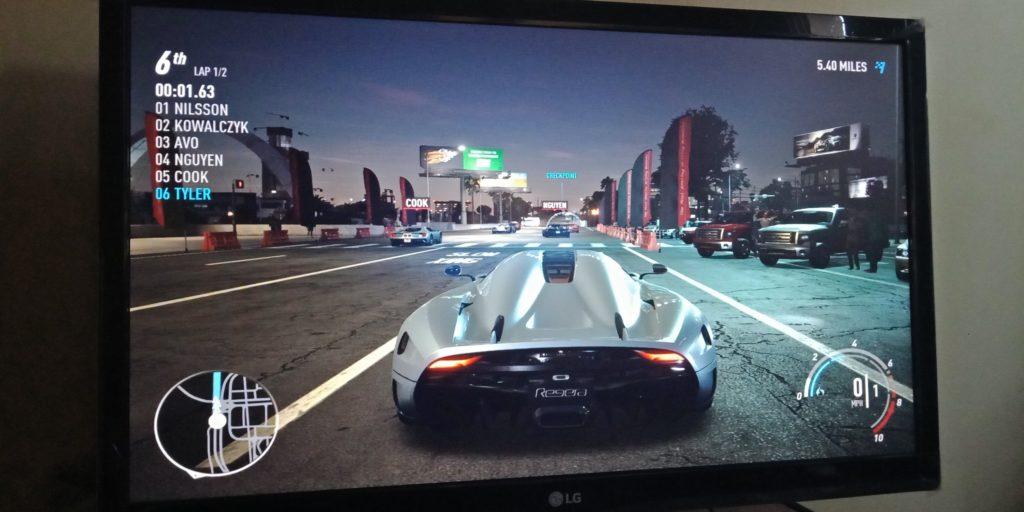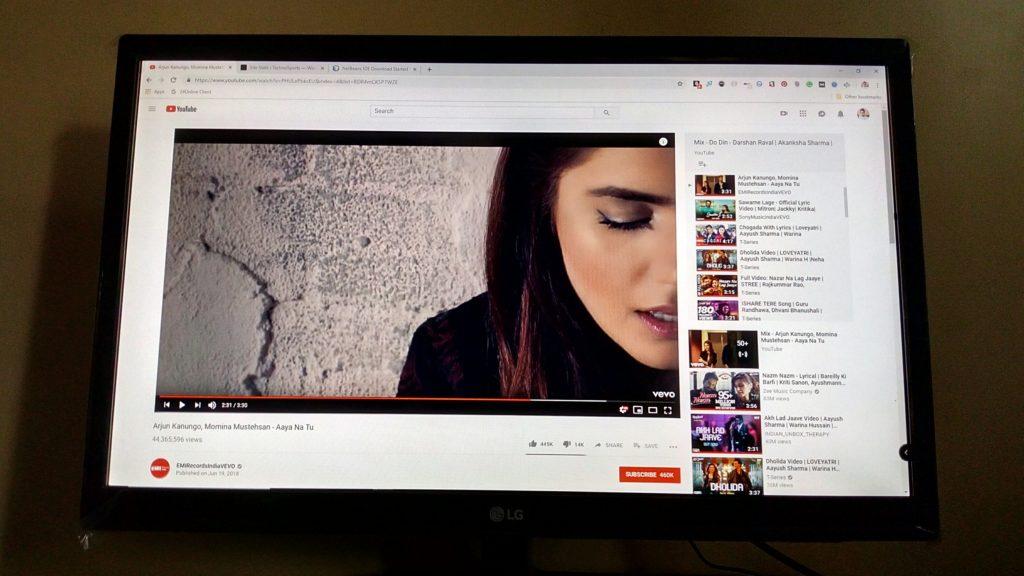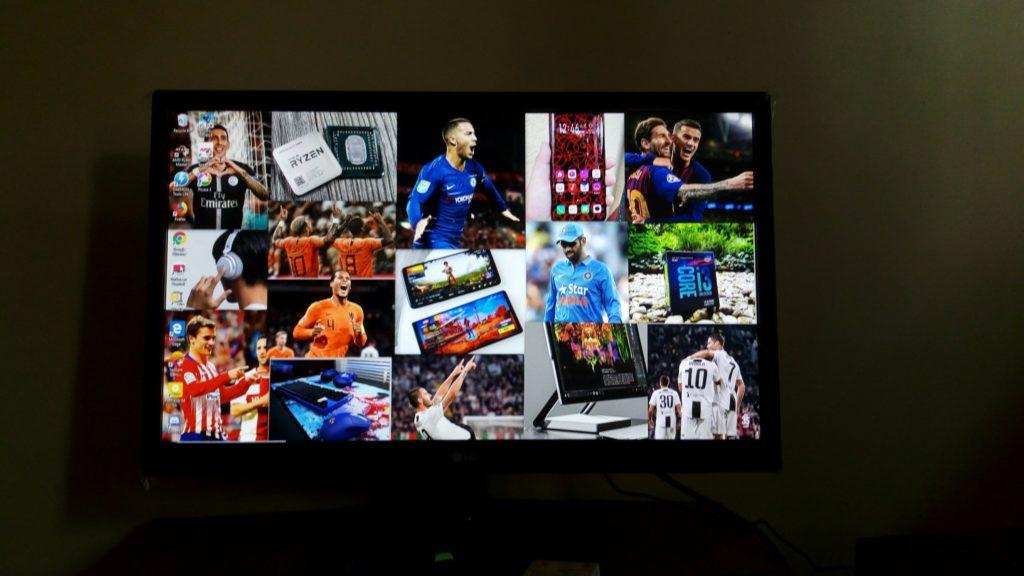The UEFA Nations League group stage is nearing its conclusion. But which teams can still be promoted, relegated or reach the finals? Lets have a look.
The UEFA Nations League involves promotion and relegation as well as the chance to reach the UEFA EURO 2020 play-offs and, from League A, June’s knockout finals. The race to earn promotion to the league above or even qualify for the finals – all while avoiding the drop to the tier below – is beginning to hot up ahead of next month’s last batch of group games.

Germany are in danger of suffering relegation as the inaugural Nations League nears the conclusion of the tournament’s opening phase. With the last fixtures set to be played over the next few days, teams will be seeking to round off their campaigns on a high with plenty still to be decided. All four places in the Nations League finals remain up for grabs, while only two teams have been promoted (Georgia and Ukraine) or relegated (Iceland and Poland) so far.
Race for the finals :
A trophy is up for grabs at the end of the first Nations League cycle, with four teams set to compete in semi-finals and a final at the end of the 2018-19 European club season.
Group 1 :
World Cup winners France lead the way in Group 1 with seven points from three games, but Netherlands can overhaul them with two wins in their remaining fixtures. A draw in Rotterdam on Friday would send France to the finals, though.
Group 2 :
Belgium or Switzerland will emerge as the winners of Group 2, with a straight shoot-out between the two for the final berth. Switzerland must win by two clear goals to guarantee their progression, while Belgium only need to be victorious.
Group 3 :
Portugal top Group 3 and only need a draw in Italy on Saturday while Roberto Mancini’s men must beat the Euro 2016 champions and hope they do not take three points against Poland.
Group 4 :
Despite losing at home to England last month, Spain remain frontrunners in Group 4 with victory in Croatia on Thursday enough to send them through to the finals at England’s expense.
Promoted :
- Georgia (D→C)
- Ukraine (B→A)
Relegated :
- Iceland (A→B)
- Poland (A→B)
Here we look at each of the 55 teams individually :
Albania : C1 – position to be confirmed
To play : 17/11/18 vs Scotland (H) – Will be relegated if they fail to beat Scotland.
Andorra : D1 – out of contention
To play : 15/11/18 vs Georgia (H), 19/11/18 vs Latvia (H) – Cannot be promoted.
Armenia : D4 – position to be confirmed
To play : 16/11/18 vs Gibraltar (A), 19/11/18 vs Liechtenstein (A)
Austria : B3 – position to be confirmed
To play : 15/11/18 vs Bosnia and Herzegovina (H), 18/11/18 vs Northern Ireland (H) – Austria will be promoted if they win both their games in November provided they have a superior head to head record against Bosnia and Herzegovina.
Azerbaijan : D3 – position to be confirmed
To play : 17/11/18 vs Faroe Islands (H), 20/11/18 vs Kosovo (A) – Will be promoted with two wins in November.
Belarus : D2 – position to be confirmed
To play :15/11/8 vs Luxembourg (A), 18/11/18 v San Marino (A)
Belgium : A2 – position to be confirmed
To play : 15/11/18 vs Iceland (H), 18/11/18 vs Switzerland (A) – Belgium will reach the finals with a win against Switzerland on 18 November.
Bosnia and Herzegovina : B3 – position to be confirmed
To play : 15/11/18 vs Austria (A) – Bosnia and Herzegovina need a point against Austria to guarantee promotion.
Bulgaria : C3 – position to be confirmed
To play : 16/11/18 vs Cyprus (A), 19/11/18 vs Slovenia (H)

Croatia : A4 – position to be confirmed
To play : 15/11/18 vs Spain (H), 18/11/18 vs England (A) – Croatia will seal a place as finalists if they win both the games in November.
Cyprus : C3 – position to be confirmed
To play : 16/11/18 vs Bulgaria (H), 19/11/18 vs Norway (H) – A win in either game would ensure they are not relegated. Two victories would give them a chance of promotion if neither Norway nor Bulgaria beat Slovenia.
Czech Republic : B1 – position to be confirmed
To play : 19/11/18 vs Slovakia (H) – Cannot be promoted but a draw with Slovakia would ensure that they are not relegated.
Denmark : B4 – position to be confirmed
To play : 16/11/18 v Wales (A), 19/11/18 vs Republic of Ireland (H) – Will be promoted with a win in Wales, or if they draw then beat Ireland.
England : A4 – position to be confirmed
To play : 18/11/18 vs Croatia (H) – England will seal a place as finalists if Spain fail to beat Croatia and England then win their final game.
Estonia : C2 – position to be confirmed
To play : 15/11/18 vs Hungary (A), 18/11/18 vs Greece (A) – Estonia cannot be promoted; will be relegated if they lose to Hungary.
Faroe Islands : D3 – position to be confirmed
To play : 17/11/18 vs Azerbaijan (A), 20/11/18 vs Malta (A)
Finland : C2 – position to be confirmed
To play : 15/11/18 vs Greece (A), 18/11/18 vs Hungary (A) – Will be promoted with a point from either of their November games.

France : A1 – position to be confirmed
To play : 16/11/18 vs Netherlands (A) – Will reach the finals with a draw in Rotterdam.
FYR Macedonia : D4 – position to be confirmed
To play : 16/11/18 vs Liechtenstein (A), 19/11/18 vs Gibraltar (H) – Will be promoted if they secure at least four points in November.
Georgia : D1 – promoted
To play : 15/11/18 vs Andorra (A), 19/11/18 vs Kazakhstan (H) – Their 3-0 win in Latvia on 16 October sealed promotion.
Germany : A1 – position to be confirmed
To play : 19/11/18 vs Netherlands (H) – Will be relegated if they do not win, and will be down three days earlier if the Netherlands beat France.
Gibraltar : D4 – position to be confirmed
To play : 16/11/18 vs Armenia (H), 19/11/8 vs FYR Macedonia (A)
Greece : C2 – position to be confirmed
To play : 15/11/18 vs Finland (H), 18/11/18 vs Estonia (H)
Hungary : C2 – position to be confirmed
To play : 15/11/18 vs Estonia (H), 18/11/18 vs Finland (H) – Cannot be promoted.
Iceland : A2 – relegated
To play : 15/11/18 vs Belgium (A) – The 2-1 home loss to Switzerland on 15 October confirmed their relegation.
Israel : C1 – position to be confirmed
To play : 20/11/18 vs Scotland (A) – Will be promoted with a point in Scotland.
Italy : A3 – position to be confirmed
To play : 17/11/18 vs Portugal (H) – Have a chance to reach the finals if they beat Portugal and the European champions do not defeat Poland three days later.
Kazakhstan : D1 – out of contention
To play : 15/11/18 vs Latvia (H), 19/11/18 vs Georgia (A) – Cannot be promoted.
Kosovo : D3 – position to be confirmed
To play : 17/11/18 vs Malta (A), 20/11/18 vs Azerbaijan (H) – Will be promoted if they win in Malta and Azerbaijan do not beat the Faroe Islands.
Latvia : D1 – out of contention
To play : 15/11/18 vs Kazakhstan (A), 19/11/18 vs Andorra (A) – Cannot be promoted.
Liechtenstein : D4 – position to be confirmed
To play : 16/11/18 vs FYR Macedonia (H), 19/11/18 vs Armenia (H)
Lithuania : C4 – position to be confirmed
To play : 17/11/18 vs Romania (A), 20/11/18 vs Serbia (A) – Must win both games and hope Romania lose in Montenegro on 20 November to have a chance of avoiding relegation. Cannot be promoted.
Luxembourg : D2 – position to be confirmed
To play : 15/11/18 vs Belarus (H), 18/11/18 v Moldova (A) – Luxembourg will be promoted with victory over Belarus.
Malta : D3 – out of contention
To play : 17/11/18 vs Kosovo (H), 20/11/18 vs Faroe Islands (H) – Cannot be promoted.
Moldova : D2 – position to be confirmed
To play : 15/11/18 vs San Marino (A), 18/11/18 vs Luxembourg (H)
Montenegro : C4 – position to be confirmed
To play : 17/11/18 vs Serbia (A), 20/11/18 vs Romania (H) – Will be promoted if they win both November matches.
Netherlands : A1 – position to be confirmed
To play : 16/11/18 vs France (H), 19/11/18 vs Germany (A) – Will ensure a finals place with two November wins.
Northern Ireland : B3 – position to be confirmed
To play : 18/11/18 vs Austria (H) – Cannot be promoted.
Norway : C3 – position to be confirmed
To play : 16/11/18 vs Slovenia (A), 19/11/18 vs Cyprus (A)
Poland : A3 – relegated
To play : 20/11/18 vs Portugal (A) – The 1-0 home loss to Italy on 14 October confirmed their relegation.
Portugal : A3 – position to be confirmed
To play : 17/11/18 vs Italy (A), 20/11/18 vs Poland (H) – Will reach the finals with a draw in Italy.
Republic of Ireland : B4 – position to be confirmed
To play : 19/11/18 vs Denmark (A) – Cannot be promoted; will be relegated unless Denmark lose to Wales, then Ireland win in Aarhus.
Romania : C4 – position to be confirmed
To play : 17/11/18 vs Lithuania (H), 20/11/18 vs Montenegro (A)
Russia : B2 – position to be confirmed
To play : 20/11/18 vs Sweden (A) – Will be promoted with a point in Solna, and could go up three days earlier if Sweden do not beat Turkey.
San Marino : D2 – position to be confirmed
To play : 15/11/18 vs Moldova (H), 18/11/18 vs Belarus (H) – Cannot be promoted.
Scotland : C1 – position to be confirmed
To play : 17/11/18 vs Albania (A), 20/11/18 vs Israel (H) – Will be promoted with two wins in November.
Serbia : C4 – position to be confirmed
To play : 17/11/18 vs Montenegro (H), 20/11/18 vs Lithuania (H) – Serbia will be promoted on 17 November if they win and Romania fail to beat Lithuania.
Slovakia : B1 – position to be confirmed
To play : 16/11/18 vs Ukraine (H), 19/11/18 vs Czech Republic (A) – Will be relegated if they do not win either November game.
Slovenia : C3 – position to be confirmed
To play : 16/11/18 vs Norway (H), 19/11/18 vs Bulgaria (A) – Cannot be promoted; will be relegated unless they pick up at least four points in November in the hope of overtaking Cyprus (who have a superior head-to-head).

Spain : A4 – position to be confirmed
To play : 15/11/18 vs Croatia (A) – Spain will seal a place as finalists with victory over Croatia.
Sweden : B2 – position to be confirmed
To play : 17/11/18 vs Turkey (A), 20/11/18 vs Russia (H) – Will be promoted with two wins in November. But will be relegated if they lose in Turkey or if they fail to win either November game.
Switzerland : A2 – position to be confirmed
To play : 15/11/18 vs Belgium (A) – Switzerland will seal a place as finalists with a two-goal victory over Belgium.
Turkey : B2 – position to be confirmed
To play : 17/11/18 vs Sweden (H) – Cannot be promoted; will be relegated if they lose to Sweden.
Ukraine : B1 – promoted
To play : 16/11/18 vs Slovakia (A) – The 1-0 win against the Czech Republic on 16 October sealed a League A berth.
Wales : B4 – position to be confirmed
To play : 16/11/18 vs Denmark (H) – Will be promoted with a win.
Why does it matter :
Gibraltar securing their first ever competitive victories in international football showed just how important the UEFA Nations League can be to smaller nations.
The four group winners in League A will go into the Nations League Finals draw on December 3. They are also guaranteed at least a play-off place for Euro 2020, if they fail to get through qualifying. The promoted teams from Leagues B, C and D will move up a League for the next Nations League tournament. They are also guaranteed at least a play-off place for Euro 2020, if they fail to get through qualifying. The relegated teams from Leagues A, B and C will move down a League for the next Nations League tournament.
Every team’s final position will determine their seeding for Euro 2020 qualifying, the draw for which takes place on 2nd December.
Do check out : Paul Pogba wants to play under Zinedine Zidane
For more information visit our site, TechnoSports. And download our app from the Google Play Store for more real-time updates. To download the app, click here.
